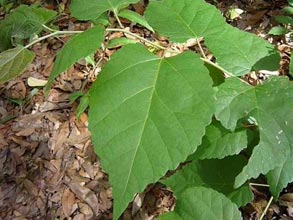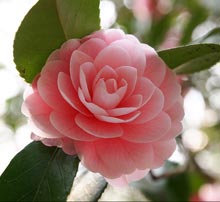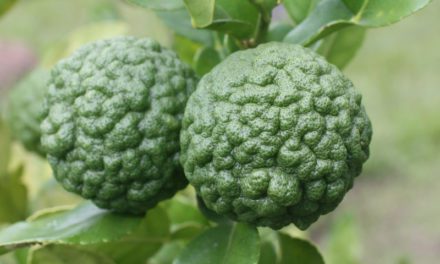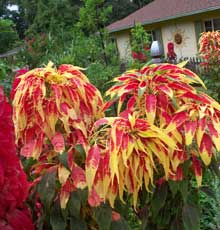 Found on the southeastern edge of the continent, Sea Island address, marsh view
Found on the southeastern edge of the continent, Sea Island address, marsh view
I was lying in my hammock contemplating the forms and shapes in the leaf canopy overhead when I was shocked to discover that a tree growing by the corner of the screen porch was an imposter, at least not what I had unwittingly supposed was a hickory.
The leaves were not pinnately compound; and not even elliptical. They were simple and heart shaped. I have a place in my heart for most cordately shaped leaves. There are a lot of plants whose leaves are pointy on one end and symmetrically rounded at the attached end. Well, I jumped up, ran to the bookshelf and started looking through field guides and tree books to find out what it could be. The mystery tree was over 30′ tall and had about a 12″ diameter. It wasn’t an Eastern redbud, Cercis canadensis. It was straight and looked like generations of sapsuckers had been visiting it – long before me or my porch and hammock had arrived. I found a picture in an Audubon tree field guide of a Carolina basswood, Tilia caroliniana. The leaves are broad as wide and pointed at the tip. Not quite heart shape, but close enough. The margins are coarsely toothed and the flowers are a favorite of bees – common names are “bee tree” or “linden.” The guide also said that it is uncommon and the southernmost venturing member of the Tiliaceae family. My property is north facing and Tilly’s are happy campers in a narrow strip along the edge of the marsh. Seedlings are coming up faster than popcorn, so it may be time to add some bee hives out on the front.
Similarly I have found other plants growing wild on the property. Because I am a lazy gardener and don’t need to have a manicured lawn, things just appear. The inventory is quite diverse and in early June impressive; beauty berry is beginning to bloom. These little white fragrant flowers will generate the sumptuous mauve berries in the fall. Seeds are spread happily by birds and other wildlife; my yard is replete with Callicarpa americana.
When we bought the property and moved onto St. Helena Island, I asked my mother in law who was quite the gardener what I should do about landscaping. She said, “Honey you don’t need to do a thing. You already have cassena, live oaks, and palmettos. We will plant a couple of azaleas and some grass and you’ll be set.” She was so on the target. The trees have filled in; palmettos are abundant. The yaupon holly, Ilex vomitoria, is thriving and today I found some native vines- passion vine and coral honeysuckle, Passiflora lutea, Lonicera sempervirens and an Osmanthus americanus, which nobody planted. Thank you Mother Nature for your gifts, and how I wish I had never brought English Ivy or Japanese Ligustrum onto the property! I now have them coming up and taking over native habitats, but that is another article.








